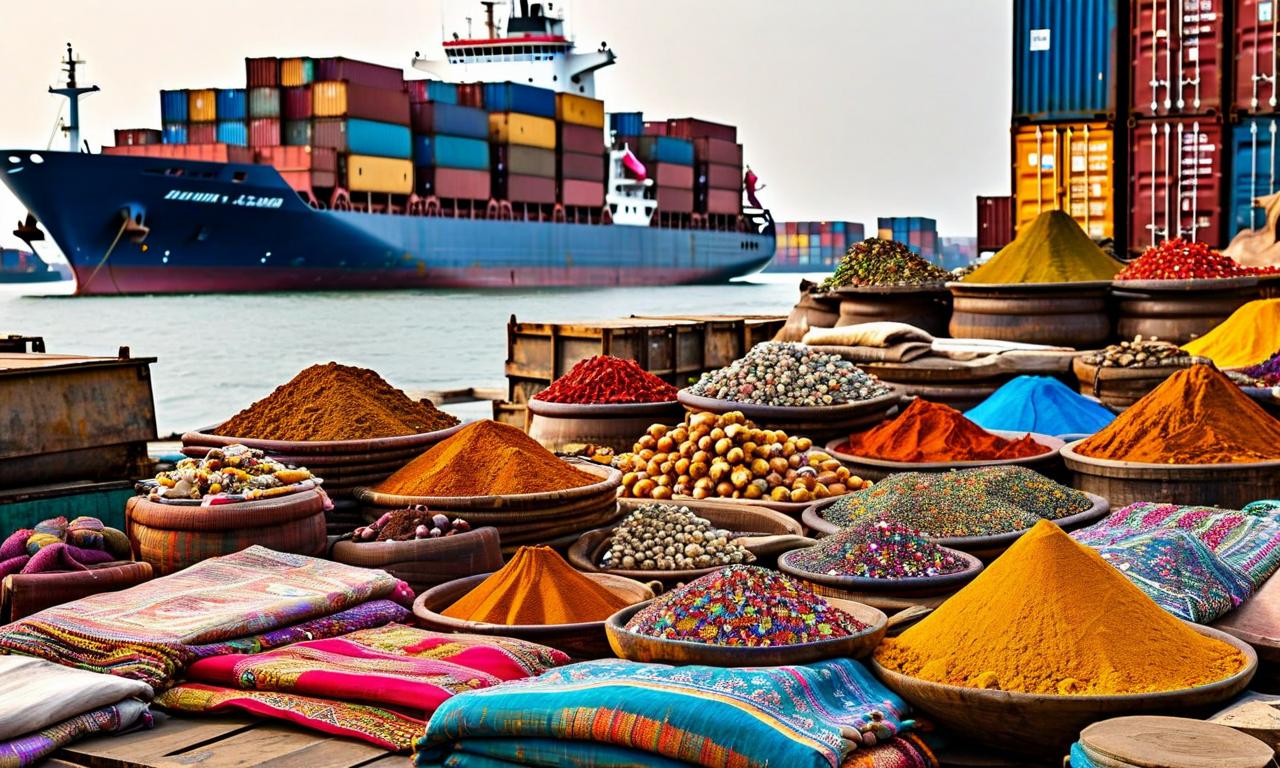India's Oil Import Bill Could Surge $9-11 Billion Amid US Pressure on Russian Crude
India faces potential $9-11 billion increase in annual oil import costs if forced to reduce Russian crude purchases due to US pressure. The US threatens 25% tariffs on Indian goods and additional penalties for buying Russian oil. India currently sources 35-40% of its crude from Russia, up from 0.2% before the Ukraine war. Major refiners like Reliance Industries and Nayara Energy are vulnerable. Shifting away from Russian oil could lead to higher import costs, reduced refinery margins, and increased compliance risks. The government may need to consider fuel subsidies, potentially straining finances.

*this image is generated using AI for illustrative purposes only.
India faces a potential economic challenge as its annual oil import costs could rise by $9-11 billion if forced to reduce Russian crude purchases due to mounting pressure from the United States. This development comes as the US threatens additional tariffs and penalties on Indian goods, potentially disrupting the country's energy strategy and economic planning.
Russian Oil Dependence
Since the onset of the Ukraine war, India has significantly increased its reliance on Russian crude oil. Russian oil now comprises 35-40% of India's crude intake, a dramatic surge from less than 0.2% before the conflict. This strategic shift has allowed India to achieve substantial savings on its energy costs.
US Pressure and Sanctions
The US has announced a 25% tariff on Indian goods, coupled with unspecified penalties for purchasing Russian oil and weapons. This move puts India in a precarious position, potentially forcing a recalibration of its oil import strategy.
Adding to the complexity, the European Union has imposed sanctions effective January 2026, which will ban imports of refined products derived from Russian crude. This dual pressure from both the US and EU creates a challenging environment for India's energy sector.
Impact on Indian Refiners
Major Indian refiners, including Reliance Industries and Nayara Energy, which handle over 50% of India's 1.7-2.0 million barrels per day of Russian crude imports, are particularly vulnerable to these developments. These companies now face the prospect of sourcing alternative crude supplies at higher costs.
Economic Implications
Replacing Russian crude would necessitate sourcing from the Middle East and other regions at higher prices. Analysts estimate a loss of $5 per barrel discount across 1.8 million barrels per day if India is forced to shift away from Russian oil. This change would have cascading effects:
- Increased import costs
- Reduced refinery margins
- Higher compliance risks
- Potential strain on government finances
Financial Impact
India's oil import bill could see a significant increase:
| Current Scenario | Potential Increase | Projected Cost |
|---|---|---|
| $137.00 billion | $9-11 billion | $146-148 billion |
Note: Figures based on last fiscal year's crude oil import expenditure
Government Response
The Indian government may face difficult decisions if retail fuel price subsidies become necessary to cushion the impact on consumers. This could further strain the country's finances, already burdened by the substantial oil import bill.
Conclusion
As India navigates these complex geopolitical and economic challenges, the coming months will be crucial in determining the country's energy strategy and its implications for the broader economy. The potential $9-11 billion increase in annual oil import costs underscores the significant stakes involved in India's oil procurement decisions amidst global pressures.

























